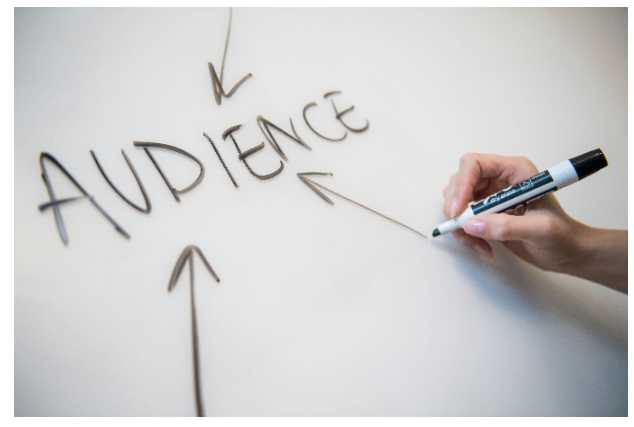When considering effective communication, the tone you employ is equally crucial as the choice of words. For individuals in content creation and marketing roles, mastering the appropriate tone can determine the success or failure of a campaign. Whether composing a social media update or preparing a corporate message, here are guidelines to guarantee that your tone aligns seamlessly with your audience.
Understanding Your Audience
Before commencing the definition of your tone, it is essential to grasp your audience profile thoroughly. It extends beyond mere knowledge of their age and location; delve into their interests, habits, and motivations.
Identifying Demographics and Psychographics
Begin by outlining the basics. Who are you trying to reach? Are they young professionals surfing Instagram, or retirees leafing through Facebook? A PPC management agency will look at demographic factors like age, gender, and education level as they serve as the foundational elements. Additionally, delve into psychographics, including values, interests, and lifestyle, to enrich the audience persona.
Analysing Preferences and Behaviours
Social listening tools and surveys can be gold mines for understanding how your audience consumes content. Do they engage most with straightforward blog posts or in-depth whitepapers? Are they morning meme enthusiasts or evening article readers? Surface patterns to inform content and tone decisions.
Matching Tone to Audience
Now, the real artistry begins. With your audience persona freshly polished, it’s time to sculpt the right tone. Adjusting the dial to fit the specific environment is key.
Tailoring Tone for Different Platforms
Every platform has its own vibe. What flies on TikTok might fall flat on LinkedIn. Tailor your tone to the platform’s culture while staying true to your brand. On Twitter, concise and punchy might win; on your company blog, a more thoughtful, informational tone may be the ticket.
Adapting Tone Based on Content Type
A witty caption for a product launch on Instagram might turn heads, but that same wit in a response to a customer complaint could backfire. The context of your content should inform your tone. A mid-week newsletter could have a casual, friendly tone, while a corporate report will likely require a more formal touch.
Practical Tips for Tone Alignment
With the theory in place, it’s time to nail the execution. Here are some practical tips to ensure your tone stays on point.
Using Language and Vocabulary Appropriately
Your tone should be a natural extension of your audience’s speech. Teens will appreciate if you’re speaking their language with phrases like “on fleek,” but in a boardroom, you’ll want to keep their lingo succinct and professional.
Incorporating Humour or Seriousness as Needed
Humour can be a powerful connector, but it’s not universal. Use it judiciously and ensure it aligns with the values and context of your audience and message. Balance levity with the gravitas needed for serious subjects to maintain credibility.
By understanding who you’re talking to, where you’re saying it, and how it needs to be said, you can ensure that your tone is pitch-perfect, and your messaging hits home every time.

